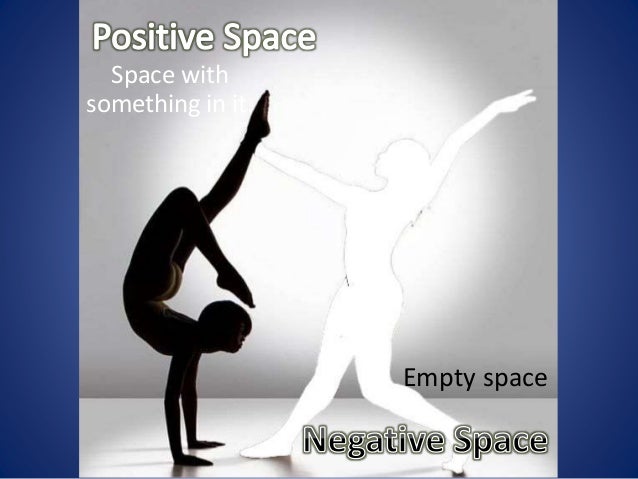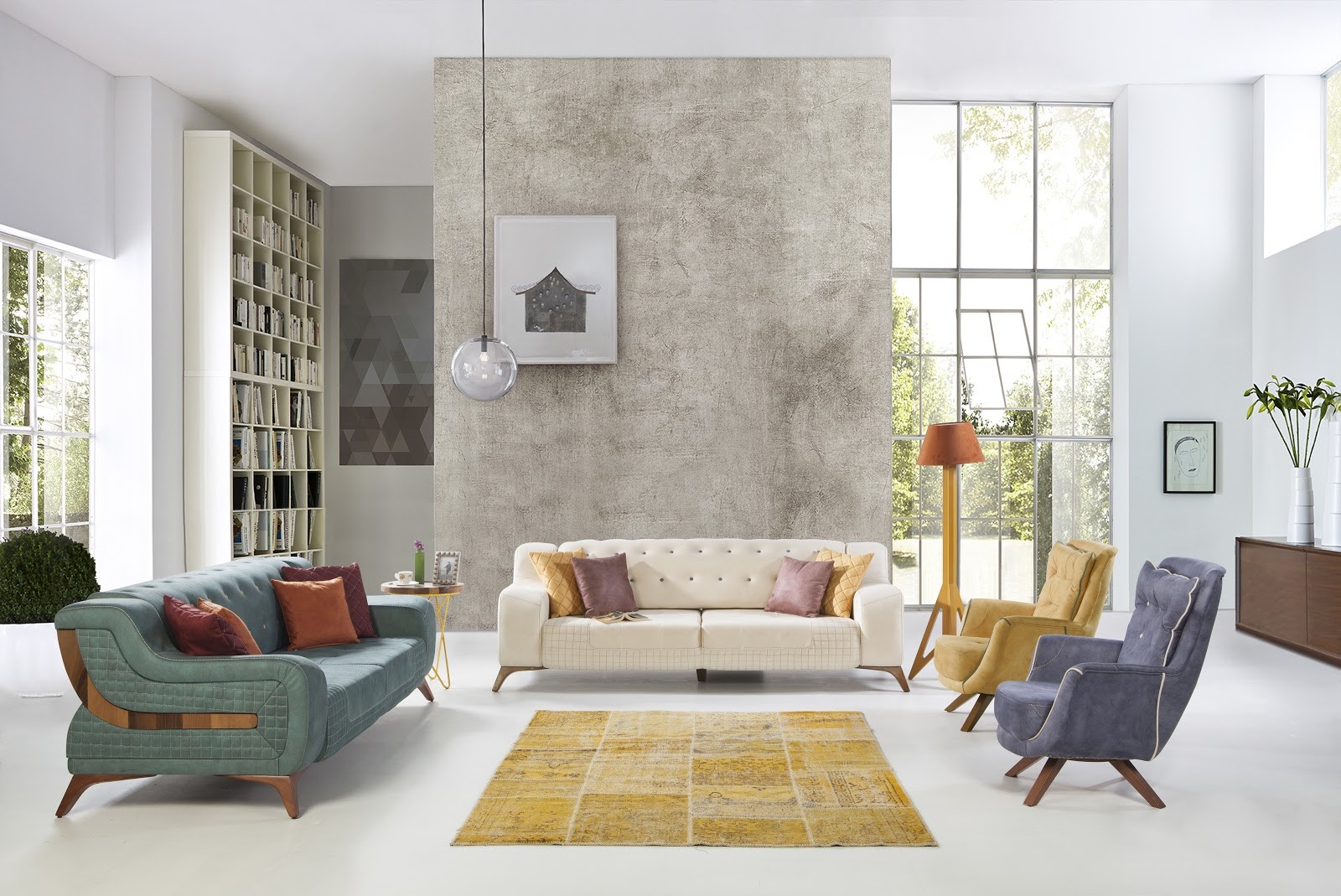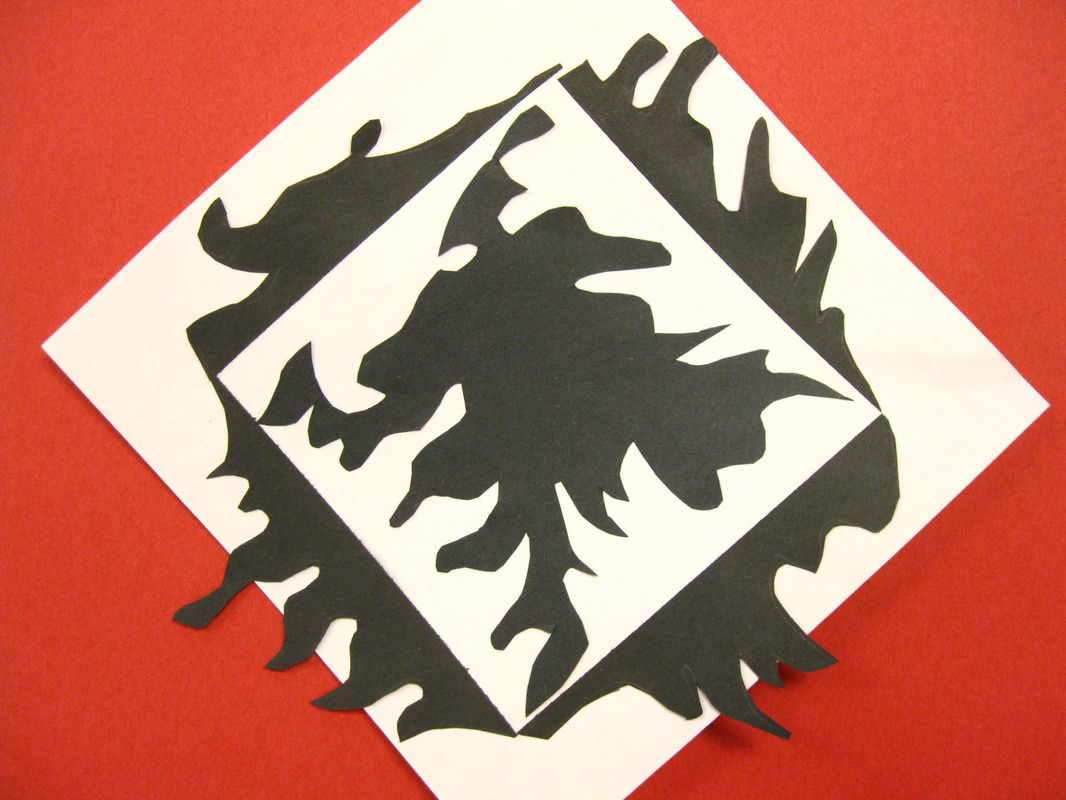

The NBC Peacock is an example of negative space used this way. (1)
Other Gestalt principles are Good Continuation and Closure, suggesting that our eyes like to close shapes. These perceptual principles are often used intentionally in logo design, embedding a meaningful part of the logo within the negative space of the design, which our eye makes sense of by reading the negative space as a closed shape. Escher often plays with the illusion of figure/ground reversal. In this diagram, you can see either two faces staring at each other, or a vase in the middle. The face/vase diagram illustrates this concept. When this is done deliberately so that a shape could be seen as either figure or ground it is called a figure/ground reversal. Sometimes the positive and negative shapes can switch roles. We are accustomed to seeing the positive shape as dark and the negative shape of light because the sky is lighter than the ground and objects appear dark against the sky. This is how we perceive an object as distinct from its background. Positive and negative space together create a figure/ground relationship, one of the six principles of Gestalt theory in design, in which the positive shape is the figure, and the negative shape is the ground. 
Without enough negative space, a composition can look busy, with too many distracting elements. Negative space is most often neutral or contrasting, focusing our attention on the main subject, the positive shape, and providing a place for the viewer's eye to rest. Negative space in a composition can help identify the focal point.Negative spaces are very important for creating compositions that are balanced and unified.

Learning to see negative spaces is very important for drawing proportions and relationships accurately.







 0 kommentar(er)
0 kommentar(er)
